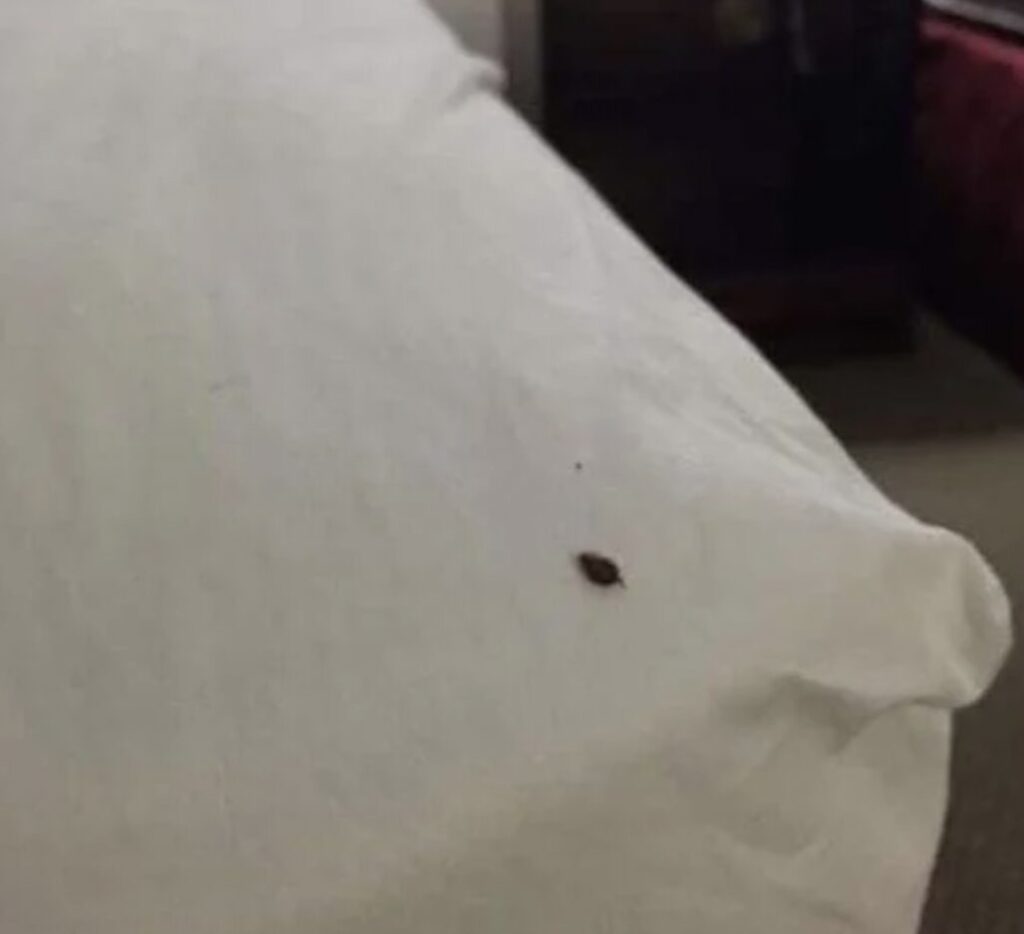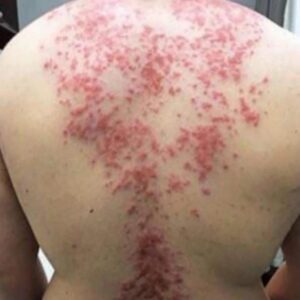What to Do If You Find a Tick in Your Home
I like to think of myself as someone who has love and understanding for all creatures. Even spiders and snakes – the kind that trigger instant shivers for most people – don’t scare me enough to make me run the other way. My tolerance for creepy crawlies is generally high… except when it comes to ticks.
Honestly, I wouldn’t lose a wink of sleep if ticks vanished from the planet tomorrow. They’re not just unpleasant (and let’s face it, unsettling to look at) – they can also be dangerous. Ticks are known carriers of serious illnesses like Lyme disease and Rocky Mountain spotted fever, making them some of the worst house guests you could ever have.
Depending on where you live, the season, and whether you have pets, your chances of coming across a tick in your home can be higher than you’d like to think. So, what should you do if you find one? Let’s break it down step-by-step so you can handle the problem safely and effectively.

1. Identify and Isolate the Problem
First, try to determine what type of tick you’re dealing with – common ones include the black-legged tick, the dog tick, and the brown dog tick. If you’ve spotted it in a specific area, make sure children and pets are kept away until the tick is removed.
2. Take Protective Steps
Ticks can latch on quickly, so protect yourself before going near it. Wear gloves, long sleeves, and pants to keep your skin covered and reduce the risk of being bitten.
3. Clean Thoroughly
Wash any clothing, bedding, or fabrics the tick may have touched using hot water and high heat in the dryer. Vacuum the surrounding area carefully, paying extra attention to crevices, corners, and pet bedding.
4. Remove the Tick Safely
Using fine-tipped tweezers, grasp the tick as close to the skin as possible. Pull upward slowly and steadily – avoid twisting or jerking, which can cause parts of the tick (like the head) to remain in the skin.
Following removal, clean the bite area with rubbing alcohol or warm soapy water. Dispose of the tick by placing it in alcohol or flushing it down the toilet.
5. Monitor the Bite
Keep an eye on the bite site and watch for symptoms such as rash, fever, fatigue, or joint pain. If symptoms develop, seek medical attention promptly to rule out tick-borne illness.
Hopefully this guide makes the process less intimidating and helps you act quickly when faced with one of these unwelcome intruders. Stay safe – and share this article to help spread the word about tick prevention and removal.





